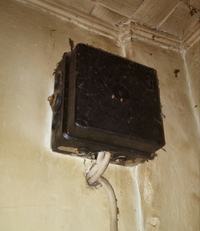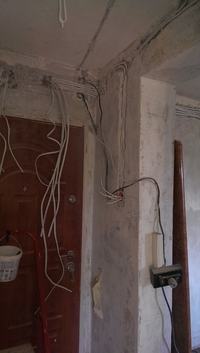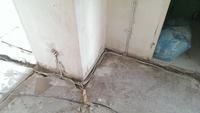seemingly gone but meets

Good, you got it right

What about the big slab. You can't generalize, because as many great slabs as there were solutions, changing at the turn of the year.
There were slabs with furrows and holes made at the production stage, here an example for solid slabs:
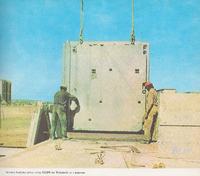
This one shows the uncut factory cavities and the hole for the box:
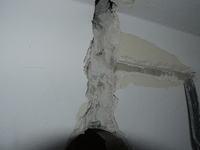
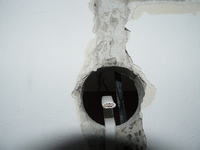
Without the plaster you can see it better:
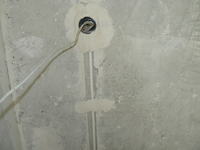
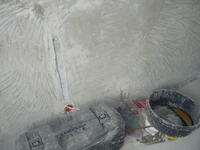
Depressions for sockets (surface-mounted):
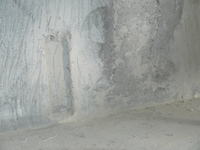
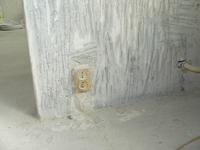
In solid ceilings, expansion joints between tiles were used for overhead lighting, or cables were run under the spout of the neighbor one floor above.
Example of placing a new cable in the expansion joint, without disturbing the slab structure (along the old route):
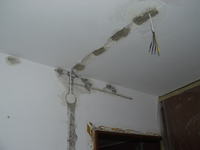
In slabs with ducts, the installations were just stuffed into these ducts, so called.

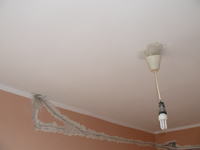

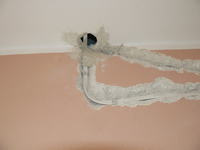
and use for general outlets (by the way, the installation was run in the spout:
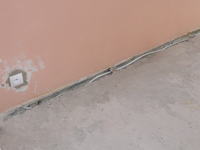
Very often after forging the old box, the neighbor's box appears to the eye:
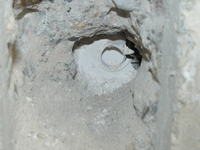

Times, some structural components such as. complete bathroom cabins had factory-submerged PVC pipes into which wires were inserted at the construction stage:
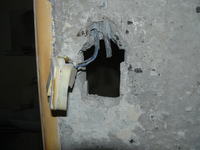

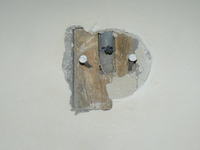
Removal in a large slab is difficult but does not mean impossible.



